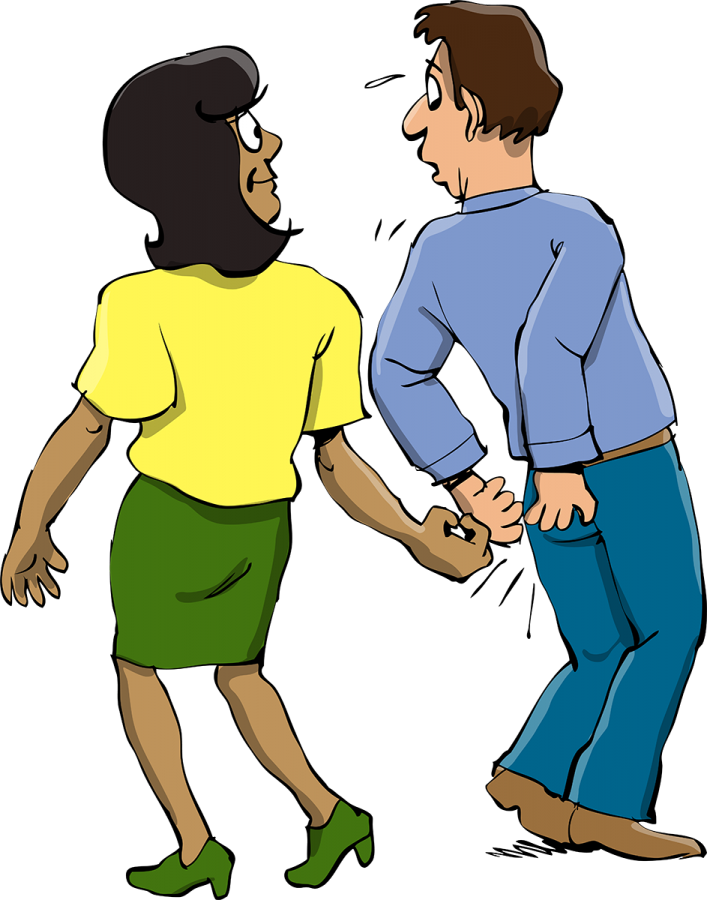Suffering is universal, intimidation is genderless
Sexual harassment is more common than most people assume. It happens every day and sometimes it even happens in front of you. It’s not even a problem specific to women. It happens to everybody.
Sexual harassment is a behavior characterized by the making of unwelcome and inappropriate sexual remarks or physical advances. It can be as innocent as a shoulder rub to a coworker or unsolicited sexual messages to a friend.
The problem seems one sided at times. Statistics lean more towards women experiencing sexual harassment than men.
Men suffer from sexual assault and harassment too. I’m not saying that women don’t. I’m just saying that a lot of times we overlook the males because it isn’t as prevalent.
We don’t even know it is happening because we don’t know how to identify sexual harassment. Take this for example, I’m home alone late at night and I get a text from a close friend. The person really wants to see me and come over. They make their intentions known, and I politely say no and try to avoid the topic. They become persistent and make me feel uncomfortable. That, my friends, is sexual harassment. It’s not “shooting your shot” or “making a bold move” like some of us say. It’s wrong and inappropriate.
A study by Quinnipiac University found that 60 percent of women have been victims of sexual harassment and nearly 75 percent of those said it took place at work. Statistics for males are hard to find. Usually, the statistic will focus on women and point towards men as the perpetrators. To be fair, men do seem to be doing the majority of the harassment but you can’t say they can’t be victims themselves.
While statistics like the one mentioned earlier like to focus on, male on female sexual harassment, the act knows no genders. It can be male on male or female on male. It doesn’t matter. Sexual harassment is sexual harassment. A girl can’t send a guy unsolicited naked pictures and just assume because he’s a guy he’ll be okay with it. Consent goes both ways.
Now, in order to stop sexual harassment on males we need to do a few things. First, we must acknowledge the fact that the problem is real. Put the manliness aside and accept that you too can be a victim. Second, educate yourself on what sexual harassment is and how to spot it. You can’t stop something you can’t identify. And third, encourage victims, especially males, to come forward and speak about their issues. We can’t keep quiet forever. It’s okay to be a guy and use #MeToo.



